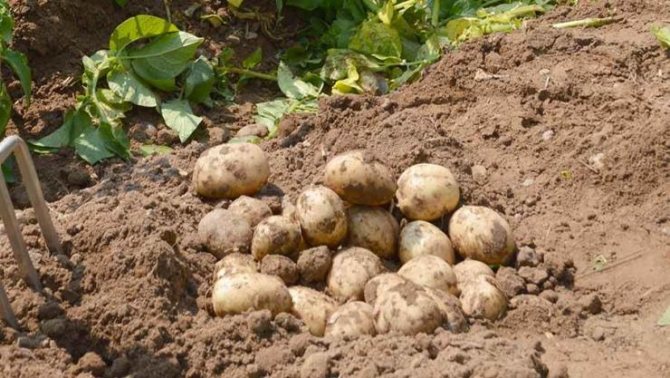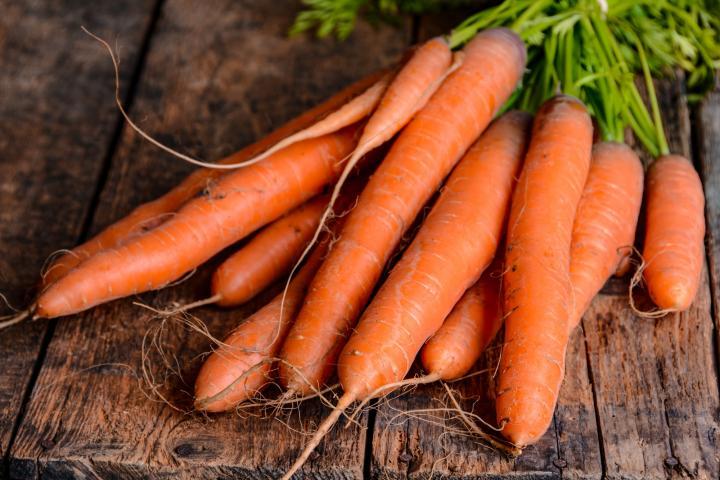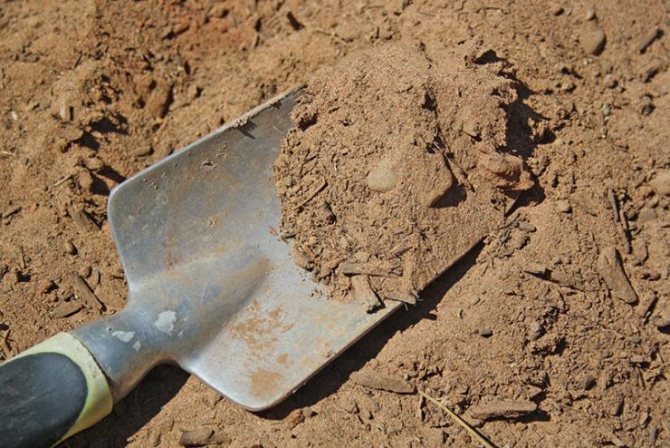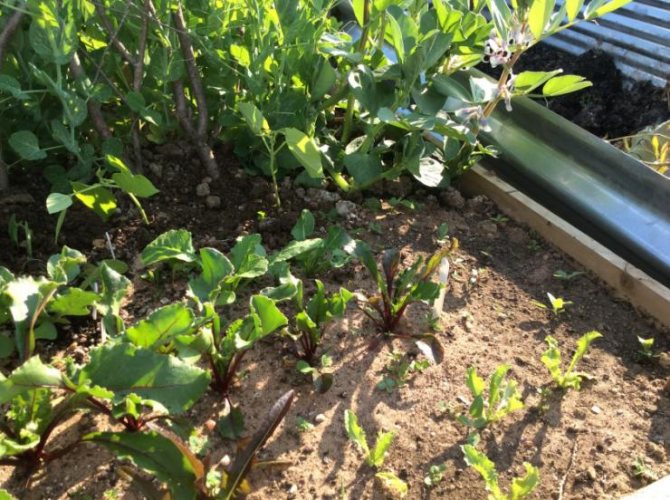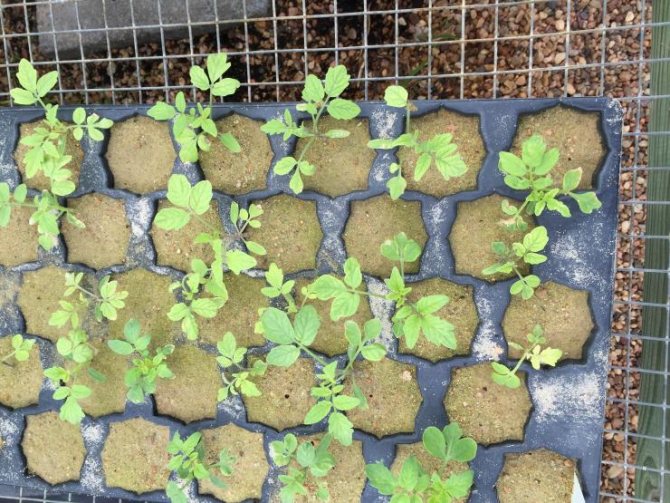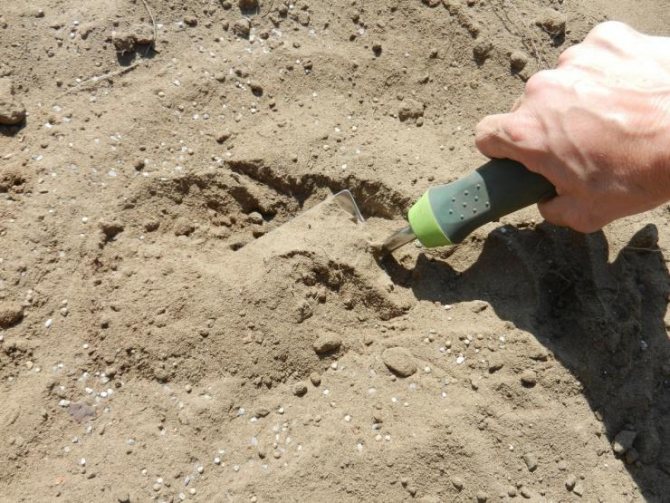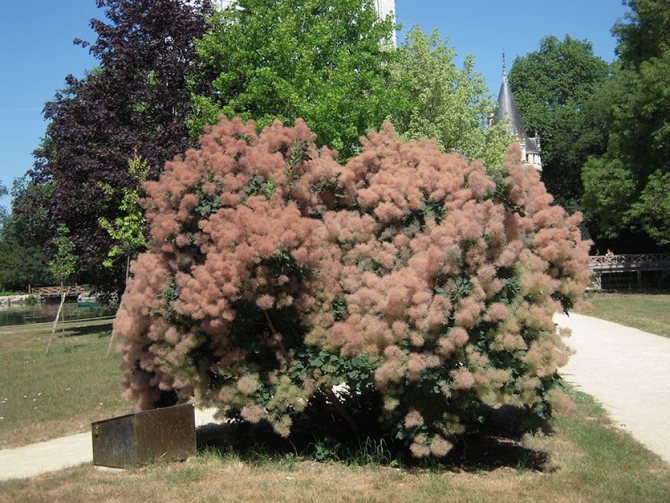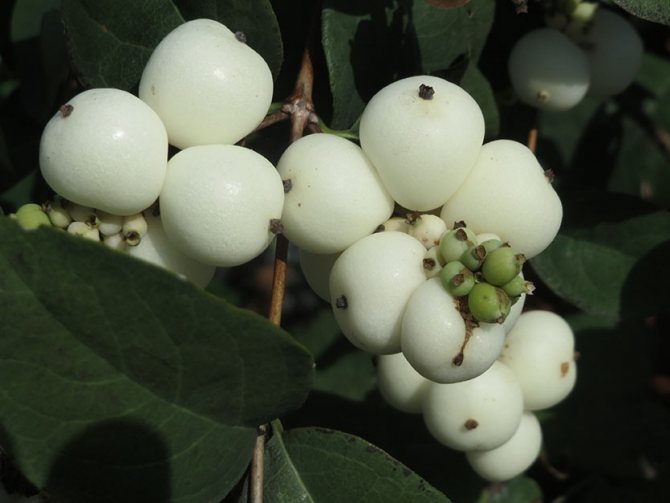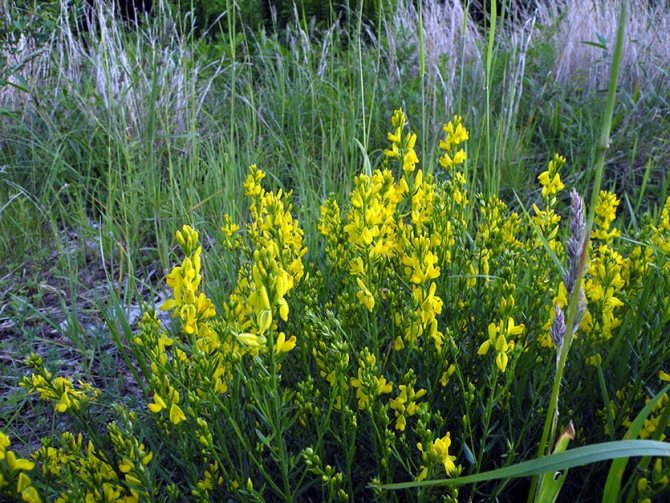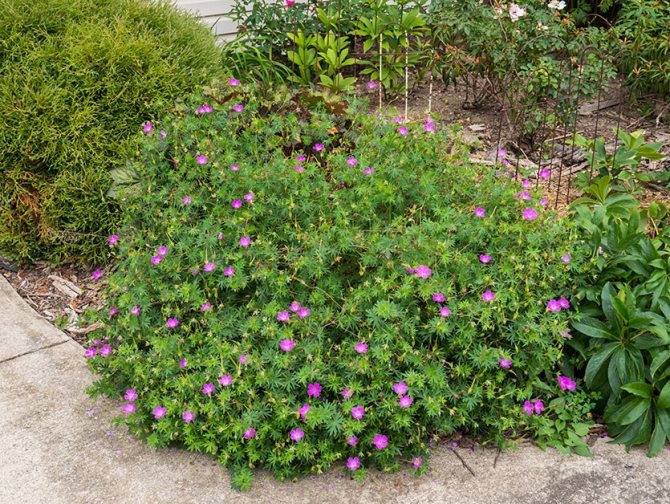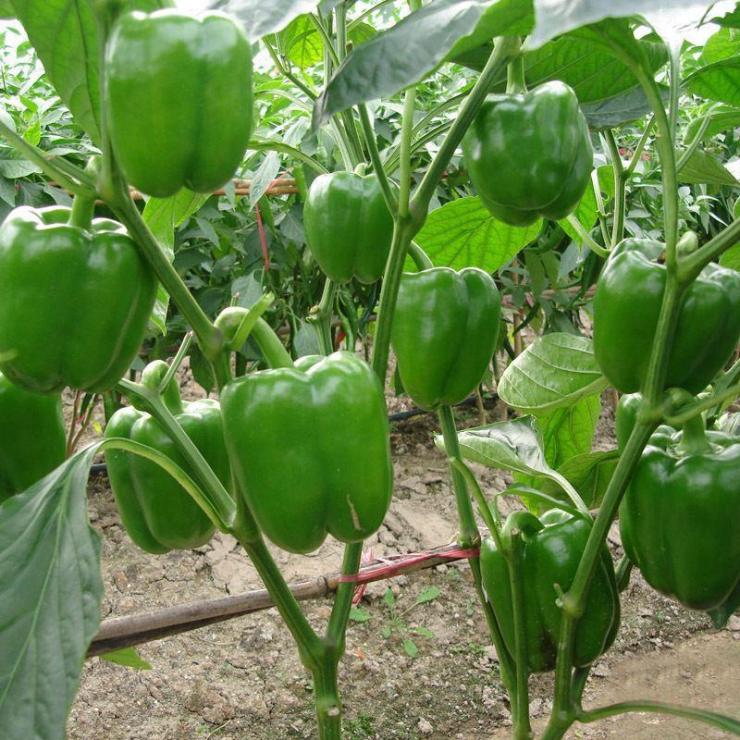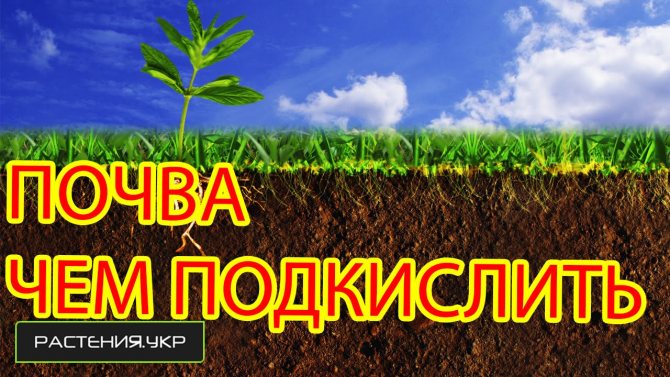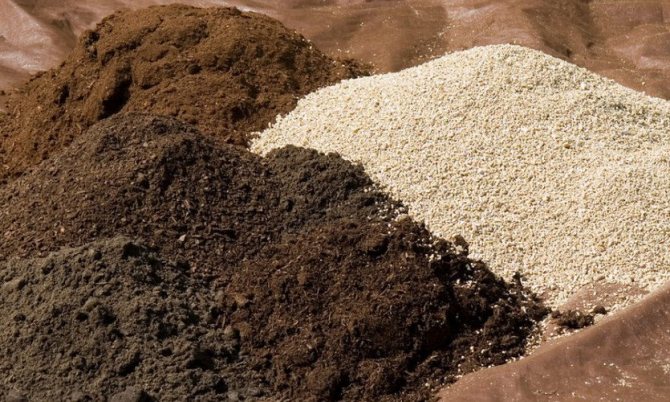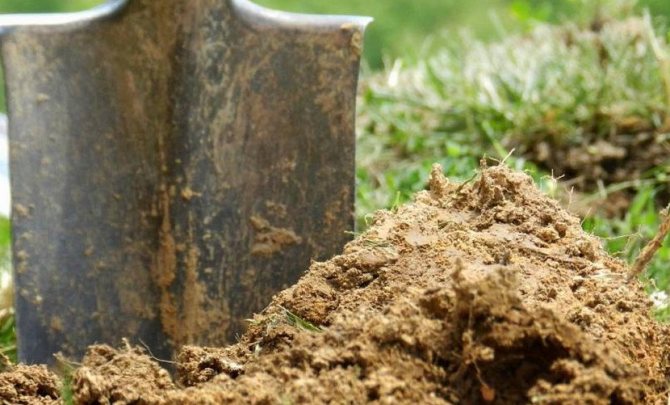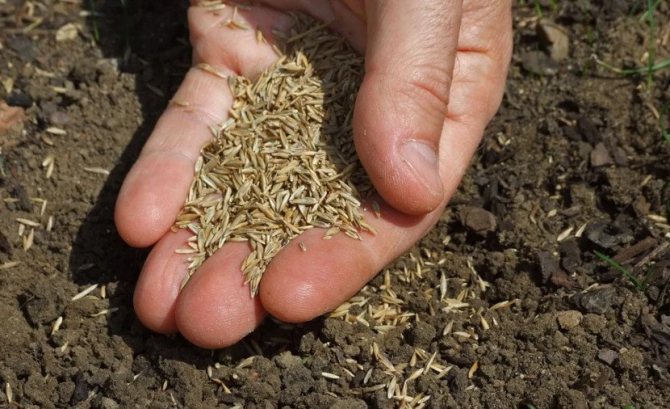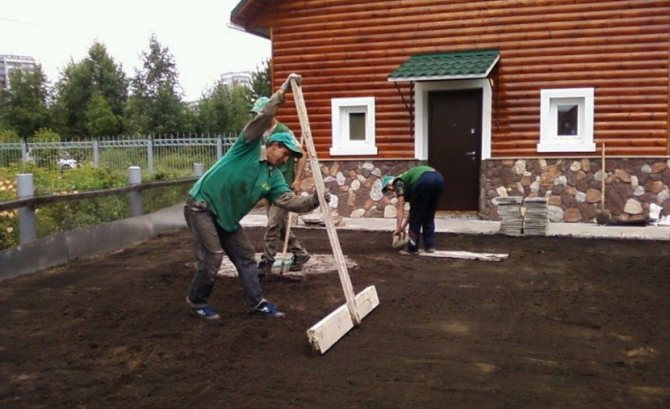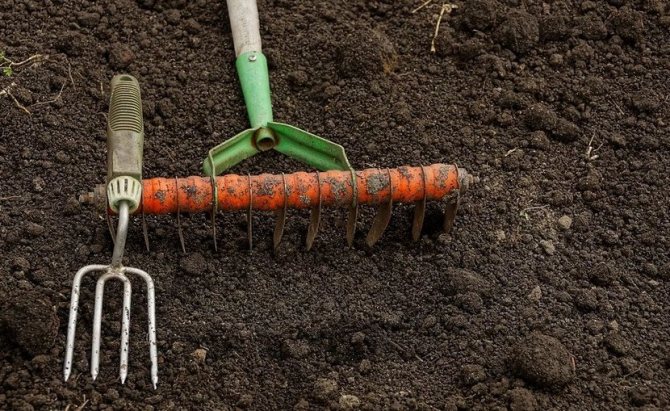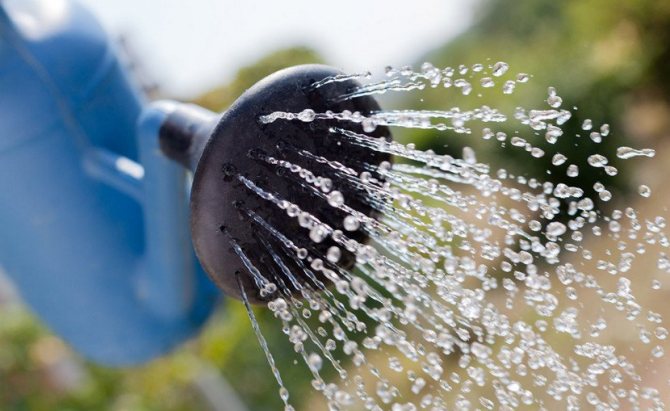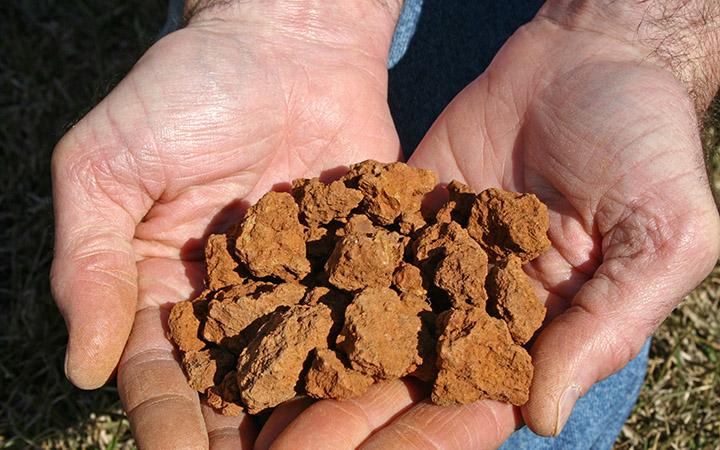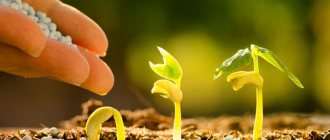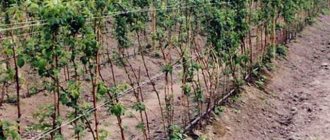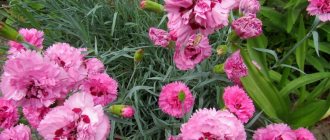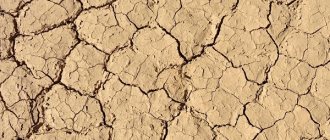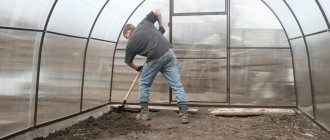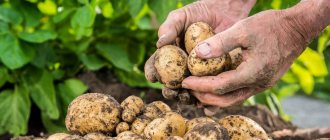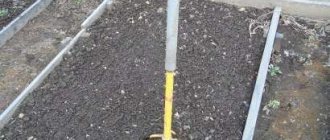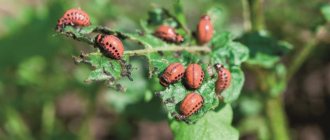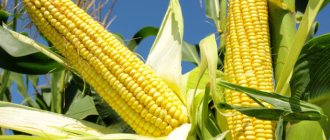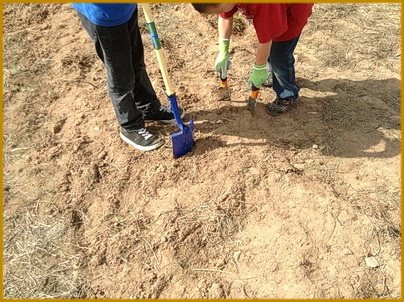
Soils, of course, in our garden plots are very different.
And of course, it also depends on what to plant on certain soils. Today our conversation is for those who have sandy soil.
Honestly, the owners of such sites should not be overly upset. And here you can arrange everything, decorate, blossom.
Let's start with plants.
Which of them are suitable, which will accept the given conditions?
Deciduous trees and shrubs: about trees and shrubs
All about creating a lawn. The best recommendations. We read ...
- warty birch,
- leather skumpia,
- hawthorn,
- elder,
- kurilian tea,
- sea buckthorn,
- sumac vinegar,
- snowberry white,
- small-flowered tamarisk,
- early meadow meadowsweet.
Conifers: about conifers
- red cedar,
- common and Cossack,
- California fir,
- mountain pine, black
- ordinary, spruce.
And you can't count perennials. This is, for example, aquilegia, in which a long taproot allows water to be pumped from great depths. Or sedum and rejuvenation, which, on the contrary, have superficial roots and are often content with moisture from dew and rain.
These, of course, are plants with thick stems and leaves that retain moisture for a long time (sedum, purslane). And the chisel and chickweed do take moisture from the air due to their pubescence.
They are also cornflowers: large-headed, whitewashed, mountainous, chamomile aster, narrow-leaved lungwort, spinous gaillardia, monarda, tenacious, acene, bearded iris, perennial gypsophila, creeping, herbal carnation, narrow-leaved lavender, Kermek Tatar, common soul sandy, mullein, hyssop, spring adonis, garden sunflower, low mordovnik, spikelet veronica, caustic stonecrop, rock beetle, cat's foot dioecious, mordovnik, yarrow, bluehead, apical pachisandra, styloid phlox, enotsera, artichoke catnip, oak sage.
Perennial gelikhrizum, sandy and Tien Shan form large and dense inflorescences. They bloom from July to October, reproduce easily and require almost no maintenance.
And the annuals are picky. On dry sandy soil, they grow well: marigolds, notched dimorphoteca, kosmeya, Californian poppy, calendula, nasturtium, large-flowered purslane, umbelliferous Iberis.
As you can see, there are plenty of plants. But you still need know a thing or two when planting them on sandy soils.
Accountable sand: what kind of soil is considered sandy, its features
Sand is a natural component of any soil. Another thing is its percentage. Sandy soil is considered to be 90% or more sand.
Visually and by touch, you can check the "sandiness" by taking a handful of earth and wetting it abundantly. The worse it sticks together, the higher the sand content.
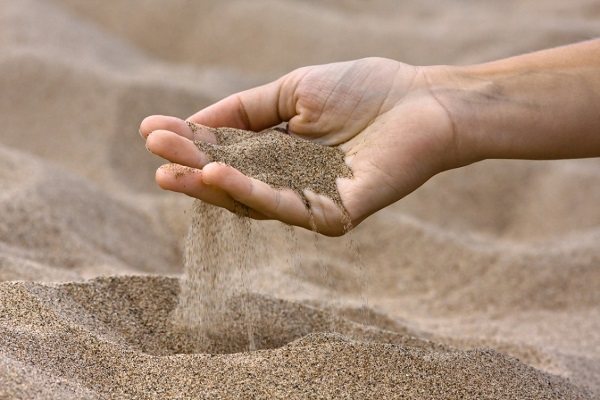

Sandy soil on the site is not a sentence
Sand is mainly quartz, a mineral that is considered unsuitable for plant nutrition (unlike, for example, clay - a storehouse of useful substances for the growth and development of living organisms).
Sandy soil is not just dry, it does not retain water, but allows it to flow into deeper layers of the earth, where plant roots no longer reach.Most plantings (unless, of course, these are desert plants such as cactus or saxaul) will constantly experience a lack of water and wither.
The sand in the sun heats up quickly and strongly, and at night it cools down with the same speed and strength. The roots of most plants are uncomfortable in such an environment, up to burns during the day and hypothermia at night.
These features of the sandy soil do not at all contribute to the easy cultivation of crops familiar in central Russia, which should give a rich and tasty harvest, for example, potatoes or beets. Sandy soil is considered unsuitable for all vegetables.
If you do not set the task of "squeezing the maximum" out of your sandy area, then just work with what you have. Ornamental plants can also be created on it - to please the eye, create coziness, and some medicinal plants - for beauty and health, and even edible crops.
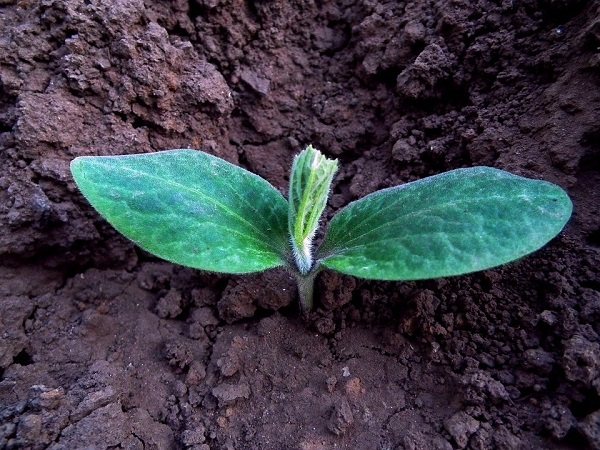

Many beautiful and healthy crops can be grown on sandy soil
What plants can be planted in sandy soil
- Shrubs (e.g. sea buckthorn, hawthorn, barberry, juniper).
- Trees (birch, pine needles, maple).
- Annual and perennial flowers (marigolds, asters, carnations, cornflowers).
- All legumes (beans, peas).
They will feel good in sandy soil, but all the same, "plant and forget" most of the above plants will not work. Yes, they are unpretentious, but they also need care: regular abundant watering, fertilization, protection from pests.
Is it possible to plant lawn grass on sand
It is quite possible to arrange a grassy covering on a sandy ground. In this case, the site will require more intensive preparation than in the presence of fertile soil - with the addition of soil components.
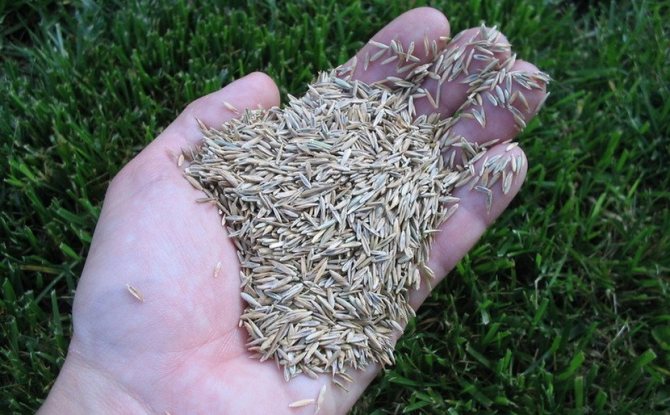

First of all, you need to draw a diagram of the site and designate on it the territory where the lawn will be settled. Try to immediately take into account all the nuances: whether other plants will be planted, for example, bushes or trees. This is necessary in order to understand how convenient it will be to mow the lawn later. It is often not lawn grass that is planted under the trees, but ground cover plants, or simply sprinkle the soil with decorative chips, which serve as mulch and decoration at the same time.
Did you know? Herbs make up ¼ of all vegetation on the planet.
At the next stage, it will be necessary to prepare the site - remove all the garbage on it, uproot old stumps, unnecessary trees and shrubs.
To remove an adult tree, powerful branches are first cut down, then the trunk is cut off so that it remains a meter and a half above the ground. After that, it is dug in from all sides, chopping off the rhizomes, and uprooted.
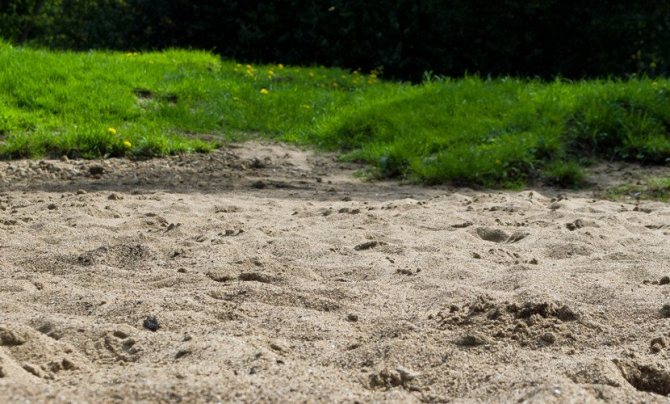

Ways to turn sandy soil into fertile
If the land on the site does not suit you at all, then you can try to change it for the better. There are several methods of enriching a plot poor in harvests.
First rule: water and fertilize more often
Since moisture in sandy soil almost does not linger, watering should be done in small amounts, but often.
The technology of "reverse irrigation" is well suited, when the ground near the planted plants is covered with a film, on top of which several centimeters of soil are poured. During the day, when the soil heats up, water will rise from the lower layers, but it will no longer be able to evaporate, but will settle on the inner surface of the film and re-enter the soil.
With top dressing, the principle is the same - reduce the dose of fertilizer, increase the frequency of application. Chemical fertilizers (especially those dissolved in water) also quickly pass through the top layer and can burn the roots, so use with caution.
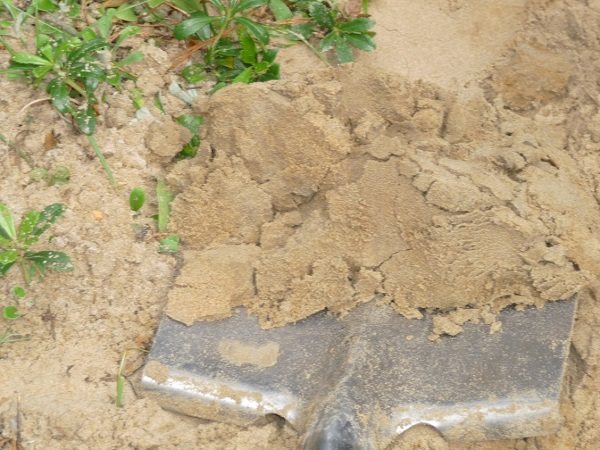

To improve the land on the site, you have to work hard
Just add dung. Mix your soil with:
- manure
- humus
- fallen leaves, better already well rotted,
- silt or sapropel (this is the same silt, but mostly consisting of decomposed and rotted remains of plants and animals).
You will need a lot of such additives: several buckets per square meter. They need to be brought in repeatedly per season, it is optimal to do this in spring, summer and autumn. Moreover, do not impose on top (this is a different technology), but place it at different depths, mix with the existing soil. It is necessary that these natural fertilizers continue to rot in the ground, create conditions for the reproduction of beneficial microorganisms, transform the soil from the inside, gradually turning it into fertile one.
You can't spoil the earth with clay
Clay not only consists of substances beneficial to plants, it also retains moisture and fertilizers well. The more clay in the soil, the better and more fertile it is.
Claying per square meter of sandy soil (depending on its complexity, dryness) requires 2 to 10 kg of clay. It needs to be introduced shallowly - up to 5 cm, when watering it will blur and go deeper.
Experienced gardeners advise using powdered clay. If this is an expensive pleasure for you, the powder can not be mixed with all the soil on the site, but only added to the planting holes. You will get a kind of root bowls from which the plants will be fed. This technique is especially good for perennials.
You can use peat instead of clay, but this is less effective. Peat, despite being a rotting product, is not as rich in nutrients.
Low-lying and intermediate peat are suitable for introduction into the soil; horse peat acidifies it. Therefore, it is ineffective to use peat alone - only in combination with other fertilizers.
Unclassified reception of a gardener-gardener. Mulching
Mulching - covering the soil with a layer of various materials. With regard to sandy soil, this layer should retain moisture, allow air to pass through, create conditions for the earth to "ferment" under the mulch.
Humus and sawdust are well suited for mulching, but not simple ones, but also rotten, rotted, dark in color. Cover the soil with mulch after rain or abundant watering of the area. In the moistened soil, and even covered with an additional layer, the process necessary to increase fertility will quickly begin. The effect will increase if the soil is previously loosened.
Just don't go overboard with the thickness of the mulch. A couple of centimeters is enough. This is especially true for thermophilic plants, since the thicker the coating, the worse it conducts heat.
Mulching can be carried out without the use of additional fertilizers. For example, before planting (no matter what), wet soil can be covered with a thin layer of dry earth on top. This will reduce moisture evaporation and the plants will take root better.
Sprinkle mulch on the rows between crops. When loosening, it will gradually fall into the deeper layers of the earth, enriching it.
Mulching annual plants that are planted in the fall helps them survive the winter.
Mulching of perennials is also carried out in the fall, before the onset of frost. The aboveground part of the plants is cut off, the mulch is laid on top with a thick layer of about 10 cm (this is exactly the case when the fertilizer does not need to be spared, because winter is ahead and the roots must be protected from freezing).
With the onset of spring, the remaining layer of mulch is dug up, scattered between the rows - additional fertilization is obtained.
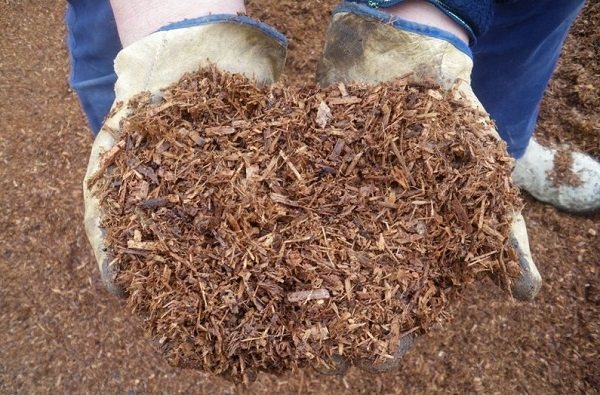

Mulching increases fertility
What should be the sand
It makes no sense to plant grass directly in the sand. Its top layer will have to be removed from the site. Now it is important to select additives that will make the soil as suitable as possible for lawn planting.
Also learn how to care for your lawn.
The required components will be:
- loam;
- high-moor peat;
- humus;
- black soil;
- lake silt or mineral fertilizers.
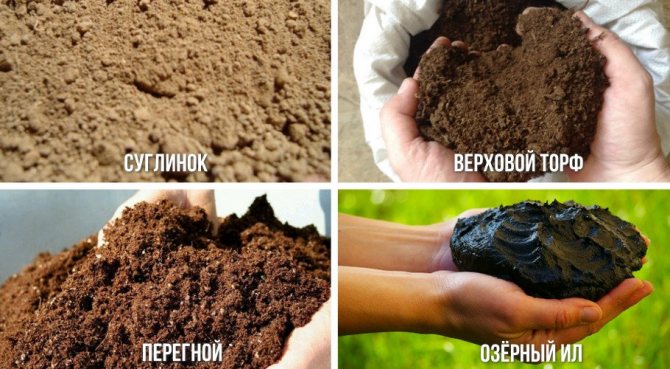

Each of these elements must be mixed with the sand one by one. Thus, you can achieve the most optimal soil composition on which the lawn will grow safely.
Features of landscaping poor soils
When faced with the problem of poor soil, they are often the first to seek solutions to change its characteristics. But if you want to use your chance to create an original decoration of the site and use the initial conditions wisely, then there will be as many options as strategies for improving the soil.
On poor soil, you can equip:
- alpine slide;
- rockery;
- rocky flower garden;
- dry stream and other water bodies or their imitations;
- steppe corner;
- imitation of the prairie;
- relaxation corner surrounded by plants;
- a flower garden imitating wild plantings;
- landscape array;
- a clearing of ground cover with large accent plants;
- a flower bed or mixborder that does not require maintenance;
- herb garden.
And whichever option you choose, the main thing is to choose the right plants for solving your problem. After all, it is the decorative cultures that can revive any corner, breathe life into the most boring area and turn their main problem into the real pride of the owners of the garden.
Choosing plants that can please the eye even on poor soil is not as difficult as it might seem. If you take a closer look at the best garden herbaceous perennials and shrubs, then there are quite a lot of species that can do with modest soil, which also have enviable drought resistance or are afraid of waterlogging. When selecting candidates for a place in a flower garden, rabatka or rocky garden, it is always better to be guided by these three parameters. Crops that are afraid of excess fertilizers and abundant irrigation feel especially good in poor soil. If the soil on your site is sandy, then you need to look for plants that prefer laying drainage when planting. True, you should be prepared for the fact that almost all candidates for the design of infertile soil are cultures from among those who prefer sunny places. Of the shade-tolerant and shade-loving species, only exceptional plants can come to terms with poor soil.
Coating care
About a week after sowing, the first shoots will begin to appear. Now the lawn needs regular watering. Moistening the soil is carried out every other day in the evening. Please note that sandy soil will absorb water very quickly, so do not forget about watering.
Did you know? The tallest grass in the world
—
giant bamboo belonging to the Cereal family. Its height reaches 46 meters.
After the grass grows 4–6 cm, it must be mowed - only after that you will notice how quickly the sprouts will divide and the lawn will acquire a lush shape. Do not forget about mowing in the future - this procedure will ensure a presentable appearance and a healthy state of the lawn grass.
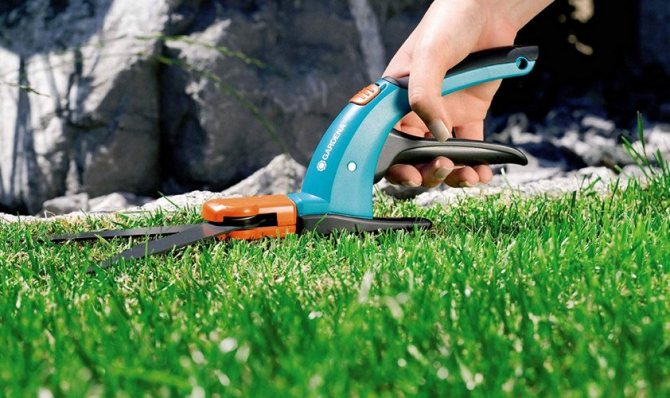

It is carried out once a week. Pruning can only be done on dry grass and with sharp knives. Otherwise, the tips of the greenery will be "chewed" and take on a rusty hue. Throughout the spring and summer, you need to periodically apply complex mineral fertilizers - for example, "Kemir". In the fall, feeding is stopped.
Important! To level the formed depressions, as well as to maintain the fertility of the soil, mulching is carried out. For sandy soil, it is better to choose a composition of sod humus, rotted compost and coarse sand (4: 2: 1). The mulch is evenly distributed in a thin layer over the entire area.
A beautiful green lawn is quite possible to grow on an area with sandy soil.By choosing the seeds correctly and improving the soil composition, you can achieve an extraordinary decorative effect of the coating, which will last for a long time, subject to the rules of care.
Sandy loam soil is the best option for growing vegetables
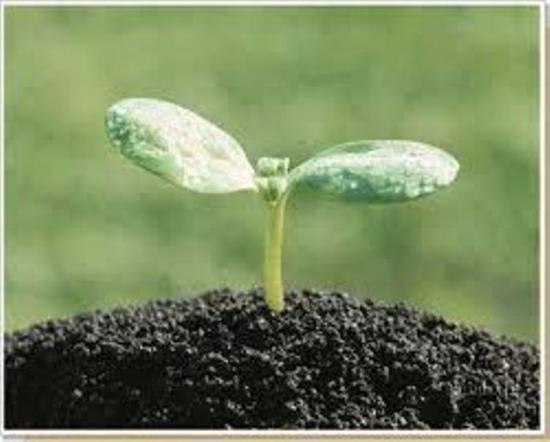

The main facts you need to know about sandstone:
- Biological life is developed in sandy loam, and many plant species actively grow and develop in this favorable biological environment. The root system receives sufficient amounts of water, minerals and organic substances.
- After moistening, it dries quickly, but no soil crust forms on the surface.
- Conducts oxygen well.
- Heats up quickly, there is rarely a "soak" of plants.
- Retain heat energy for a long time.
- Fungal diseases rarely appear, root rot appears less often.
- Reacts flexibly to changes in day and night temperatures.
- On such soils, they are especially successful: early cabbage, cauliflower, tomatoes, cucumbers, green salads, celery, but the seeds should be sealed when planting deeper than usual.
Soil mixes with sand
The main purpose of sand in soil is as a drainage function, therefore, as it is included in almost every soil mixture. There are three main types of mixtures:
- heavy - consists of the following components: 3 parts of crushed turf, 1 part of sand, 1 part of humus;
- medium - consists of 2 parts of turf, 1 part of bulk material, 1 part of humus;
- light - includes: 1 part of land, 1 part of sand, 3 parts of compost, or peat.
Young plants with an underdeveloped root system need light, well-drained soil, high in loose rocks and organic compost fertilizer. Large trees, shrubs with massive trunks and stems should be planted in heavier soil. A medium earthy mixture has universal properties - it is suitable for growing all types of flowers, ornamental and exotic plants.
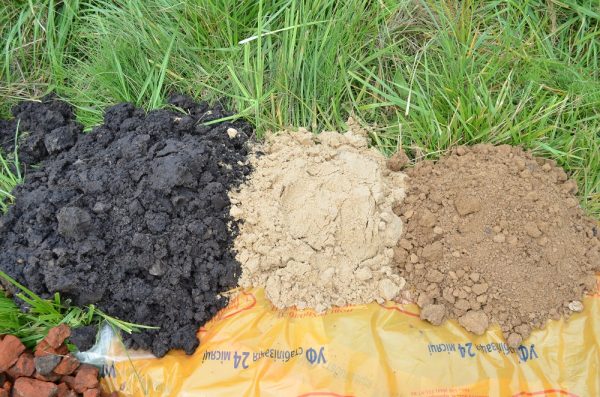

And how is the issue of watering solved?
We have enough rain. Droughts happen every five years in the summer, and I haven't done watering before. But now the trees have grown, bearing fruit, and during the period of fruit filling, I bring a gas pump and water the trees with fruits a couple of times over the summer. The harvest must be saved if there is no rain for more than three weeks. I brought the clay and scattered it on a small area only once. Technically laborious, of course, but trees there feel more comfortable in drought. I did not mix clay with soil, as recommended - I scattered it under the crowns on the soil surface. The worms mixed it with leaf litter and carried it deeper.
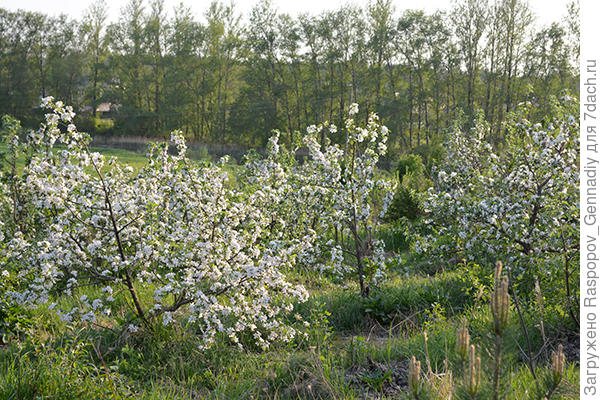

Maples, lindens, mountain ash, hawthorn and pines that have grown along the perimeter play an important role in the ecology of the garden. Apple trees genetically love to grow at the edges of the forest, protected by tall trees.
And this is blooming young apple trees, planted in a monastery way
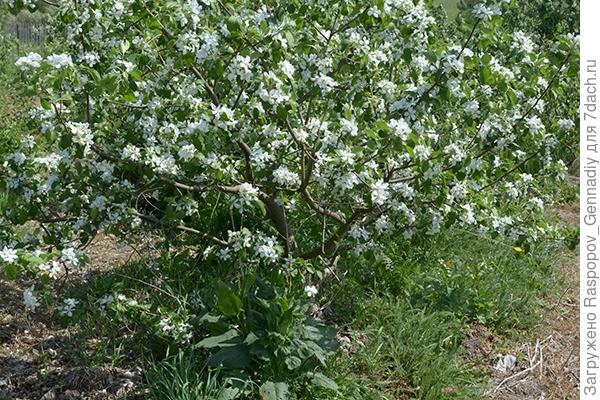

How to care for plants?
To increase the likelihood of a good harvest, the following rules must be followed:
- Water the ground more often with a little water. Abundant one-time watering will not help, since the liquid will still quickly seep through the soil. It is necessary to increase the frequency of irrigation.
- Fertilize the soil more often. In other words, this should be done not once a year before planting, but three times a season. However, the amount of fertilizer at a time can be significantly reduced. That is, simply divide the spring fertilizer dose into 3 applications. We fertilize the first time in the spring, the second - in the summer, the third - before the fruit ripens.
- Mulching - covering the soil with a layer that allows air to pass through, but retains moisture. Rotted sawdust is ideal. Firstly, they absorb water, retaining it, and secondly, they are an excellent source of organic matter. For a positive result, a 1-2 cm layer of sawdust is enough.

